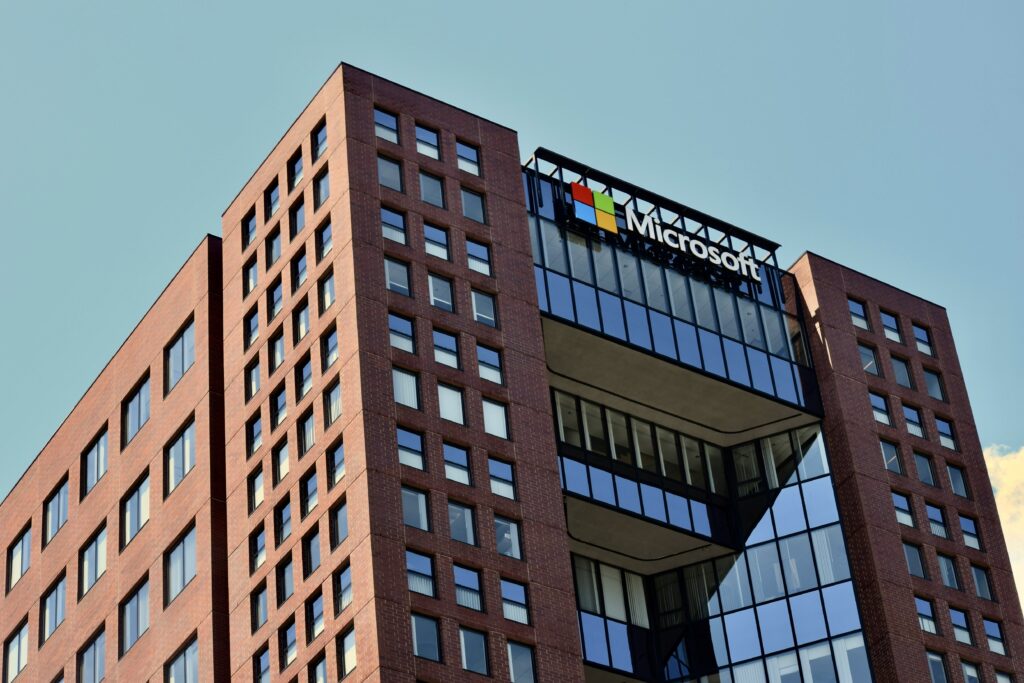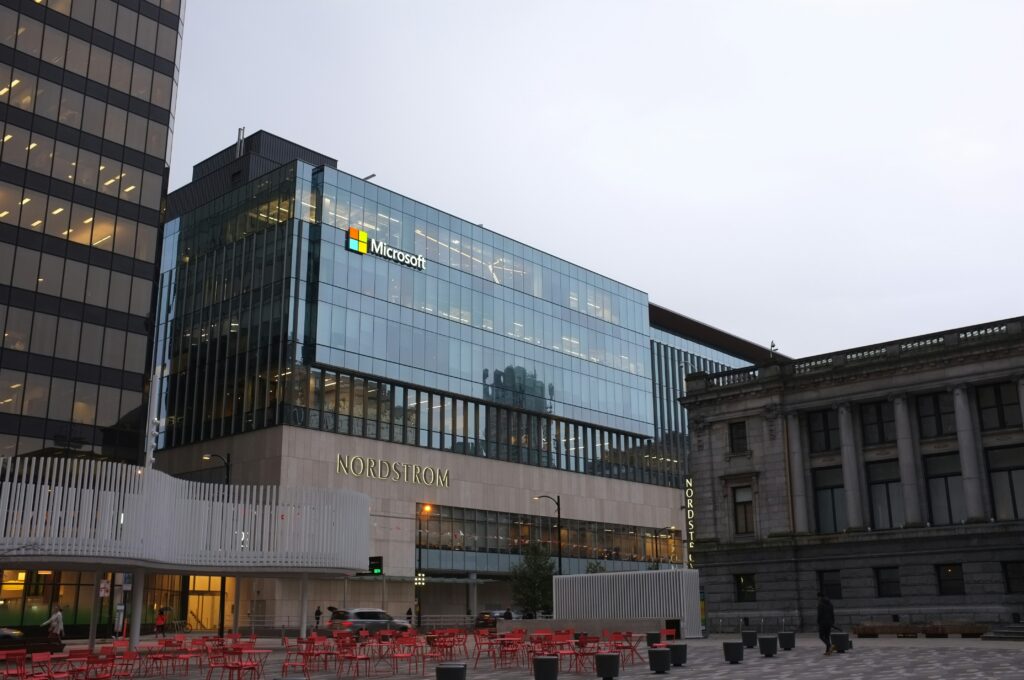In a major shake-up, Microsoft has announced plans to lay off nearly 4% of its global workforce, affecting around 9,000 employees across multiple departments. The move comes as part of the tech giant’s strategic realignment to focus more on artificial intelligence (AI), cloud services, and operational efficiency.
This marks the second major round of job cuts by Microsoft in 2025, sending ripples across the global tech industry, and sparking conversations around the future of traditional roles amid the rise of automation and AI-led tools.
What’s Happening at Microsoft?
According to reports confirmed on July 2, 2025, Microsoft is initiating a new wave of layoffs, trimming approximately 4% of its total workforce. With a total employee base of roughly 228,000 people globally, this translates to about 9,100 job losses.
These cuts are not isolated to one department or region. Sources state that layoffs are occurring across engineering, Xbox gaming, marketing, sales, operations, and middle management layers. Employees from Microsoft’s offices in the United States, Europe, and Asia are all being affected.
This follows a prior round of 6,000 job cuts in May 2025, and a smaller adjustment of around 300 roles in June, signaling a broader effort by the company to reorganize its internal structure.
Why Is Microsoft Laying Off Employees?
The layoffs are part of Microsoft’s broader plan to restructure and streamline its business model in line with the fast-evolving tech landscape. The company is making massive investments in artificial intelligence infrastructure, with an estimated $80 billion in capital spending planned this fiscal year.
Here are some of the key reasons behind the layoffs:
1. AI-Driven Transformation
Microsoft is aggressively moving toward integrating AI into all its services. From Copilot in Microsoft 365 to investments in OpenAI, the company wants to allocate more resources to AI-related projects. This requires realigning budgets and talent pools, which unfortunately includes reducing headcount in non-AI roles.
2. Organizational Simplification
CEO Satya Nadella has previously emphasized the need to flatten management structures and reduce bureaucracy. The latest job cuts aim to remove redundant roles and make the company more agile and responsive to change.
3. Shifting Consumer and Market Demands
With declining demand in certain sectors—like consumer hardware and some software services—Microsoft is choosing to divert funds from slow-growth areas toward high-potential markets like cloud computing and AI services.

Which Departments Are Affected?
While Microsoft has not officially published a department-wise breakdown, credible sources suggest that the following areas have seen significant job losses:
- The Xbox division is downsizing several studios and game development teams, and has reportedly canceled some projects.
- The company is trimming roles in traditional digital marketing and sales enablement to make way for AI-based automation tools.
- Middle Management: Layers of supervision are being reduced to encourage faster decision-making and innovation.
- Engineering & Operations: Some backend and operational teams are being consolidated under newer AI-led frameworks.
Despite the cuts, Microsoft has confirmed it will continue hiring aggressively for AI, cybersecurity, and cloud-focused roles.
Employee Reactions and Industry Impact
The news has caused concern and disappointment among employees. It has especially affected those from Microsoft’s long-standing legacy divisions. Some former employees shared their layoff experiences on social media. Platforms like LinkedIn and X (formerly Twitter) saw many such posts. They also used these platforms to search for new job opportunities.
Industry analysts believe Microsoft’s decision reflects a larger trend across the tech sector. Companies like Google, Amazon, Meta, and Salesforce have all undergone similar job cuts in 2024 and 2025, signaling a new era of lean, AI-first tech operations.
What Does This Mean for Microsoft’s Future?
While layoffs are undoubtedly painful, many experts view this move as a strategic recalibration rather than a financial struggle. Microsoft remains one of the world’s most valuable companies, with strong revenues and profits.
Financial Snapshot:
- Revenue (Q3 FY2025): Over $70 billion
- Net Profit: Nearly $26 billion
- AI Investments: Over $80 billion earmarked for 2025
Clearly, Microsoft isn’t downsizing due to poor performance. Instead, it’s making bold moves to future-proof its operations and become a global leader in AI and cloud innovation.
How Will This Affect Microsoft Users and Developers?
If you’re a user of Microsoft services—be it Office 365, Azure, Windows, or Xbox—you’re unlikely to notice any negative impact in the short term. However, users might soon benefit from faster, smarter tools powered by AI integration.
For developers and business partners, Microsoft’s shift signals a larger opportunity to build AI-native applications and cloud solutions. The company’s Azure AI offerings, GitHub Copilot, and enterprise AI tools are gaining traction, opening up new avenues for growth and collaboration.
Conclusion
Microsoft’s decision to cut around 9,000 jobs in July 2025 is not just a cost-saving measure—it’s a strategic shift toward embracing AI at every level of the company. While the layoffs are difficult for the affected employees, they also highlight the transformative impact AI is having on traditional tech roles.
As the company continues to reshape its workforce and expand its AI footprint, it is positioning itself to lead the next chapter of the digital revolution.
For more tech-related information, you can read our other Blogs.




